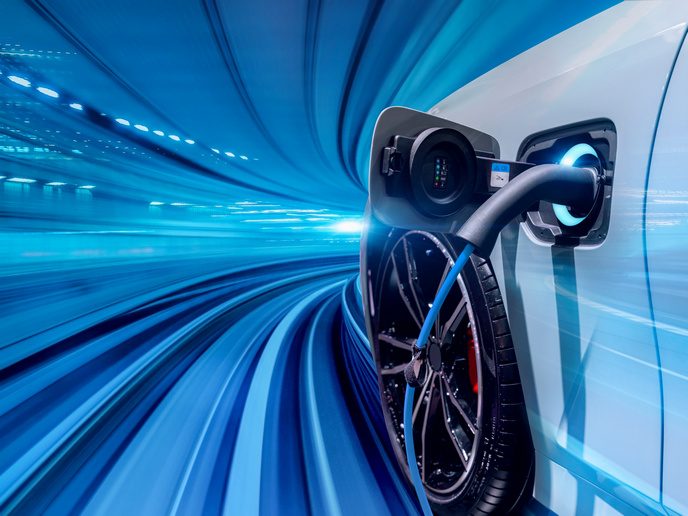Plug-in hybrids on the road to greater fuel efficiency and lower emissions
The EU-funded PHOENICE project has reached an important milestone in its plan to lower fuel consumption and emissions for plug-in hybrid vehicles in real-world driving conditions. The first prototype dual dilution gas engine is now in the testing phase following assembly and installation. The assembly and installation was carried out at PHOENICE project coordinator IFP Energies nouvelles, a French research and training organisation in the fields of energy, transport and the environment. The project team has already implemented most of the new features, such as the high-pressure injection system, the long-route exhaust gas recirculation loop and the rebuilt air line embedding the new water charge air cooling system.
Testing new functionalities
To validate the new functionalities for steady-state engine calibration, the team identified six representative operating points for a first engine bench test covering internal combustion engine speed (revolutions per minute, or rpm) and brake mean effective pressure. For the prototype engine, they paired PHOENICE project partner Garrett Motion France’s variable-nozzle turbine E-Turbo technology with a new prototype exhaust line, replacing the standard turbo and serial exhaust line. As reported in a news item posted on Garrett Motion France’s website, the E-Turbo technology consists of a high-speed electric motor (over 200 000 rpm) embedded directly on the turbo shaft between the compressor and the turbine. With powerful algorithms switching the phase currents at frequencies up to 30 kHz, the system achieves almost instantaneous response (under 1 second). “We are delighted our E-Turbo innovation is helping to push the fuel efficiency, emissions reduction and performance envelope of plug-in hybrid gas powertrains,” states Garrett Motion France’s Chief Technology Officer Craig Balis. “The progress made by PHOENICE so far is very exciting and we look forward to continuing our collaboration with other technology leaders to develop sustainable solutions for the auto industry, public agency stakeholders and the wider mobility community.” The project has also built a second engine prototype for transient calibration. This will be carried out at the test facilities of Italian PHOENICE partner Politecnico di Torino. The PHOENICE (PHev towards zerO EmissioNs & ultimate ICE efficiency) project’s target fuel consumption- and emissions-reducing plug-in hybrid vehicle will combine the following features: a gasoline engine with 47 % peak efficiency, a waste heat recovery system enhancing the overall powertrain, optimised vehicle thermal management and a complete exhaust after-treatment system. Launched in 2021, the project brings together eight global automotive industry leaders from France, Germany, Italy and the United Kingdom. PHOENICE ends in June 2024. For more information, please see: PHOENICE project website
Keywords
PHOENICE, plug-in hybrid, vehicle, engine, powertrain, fuel consumption, emissions



